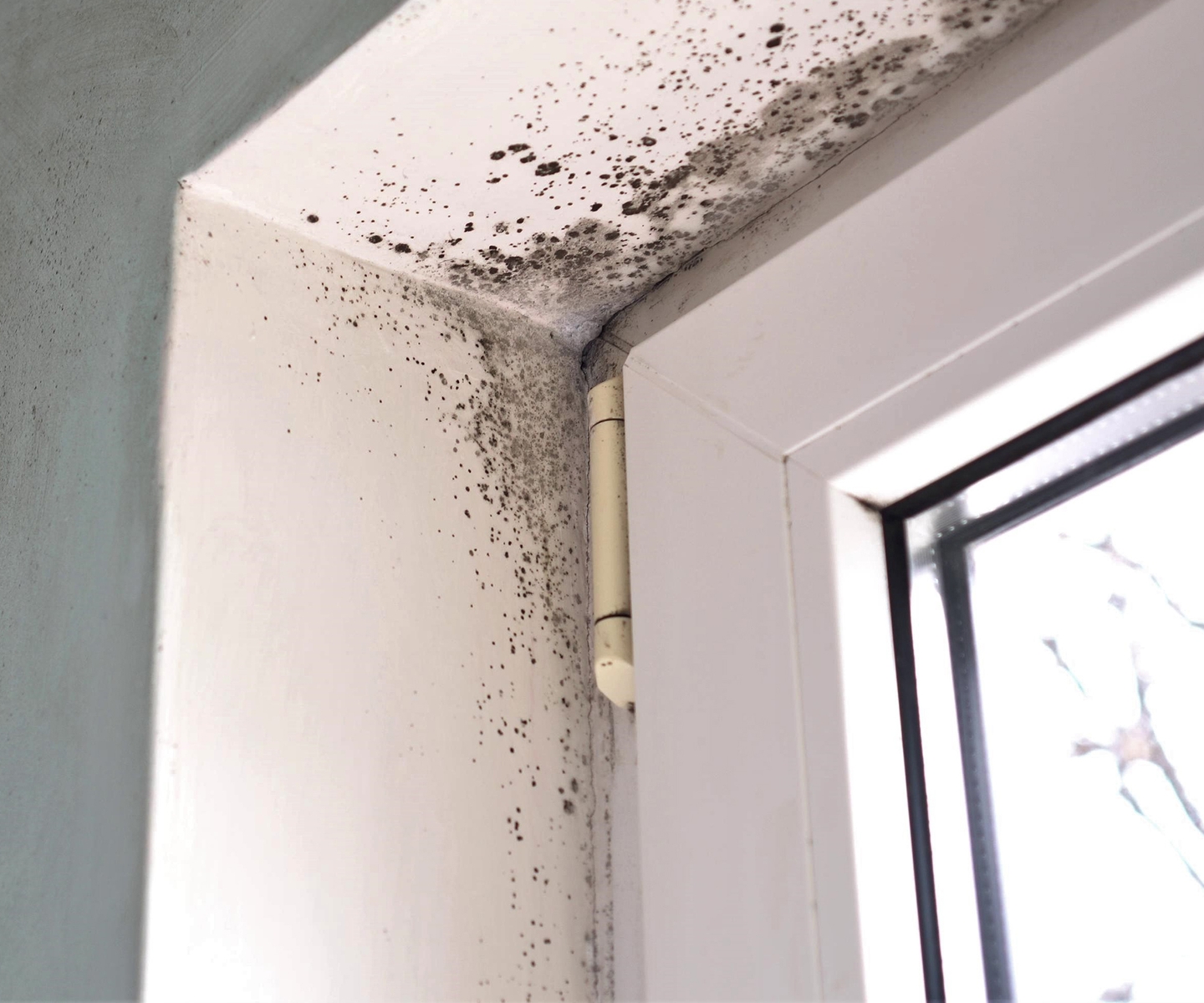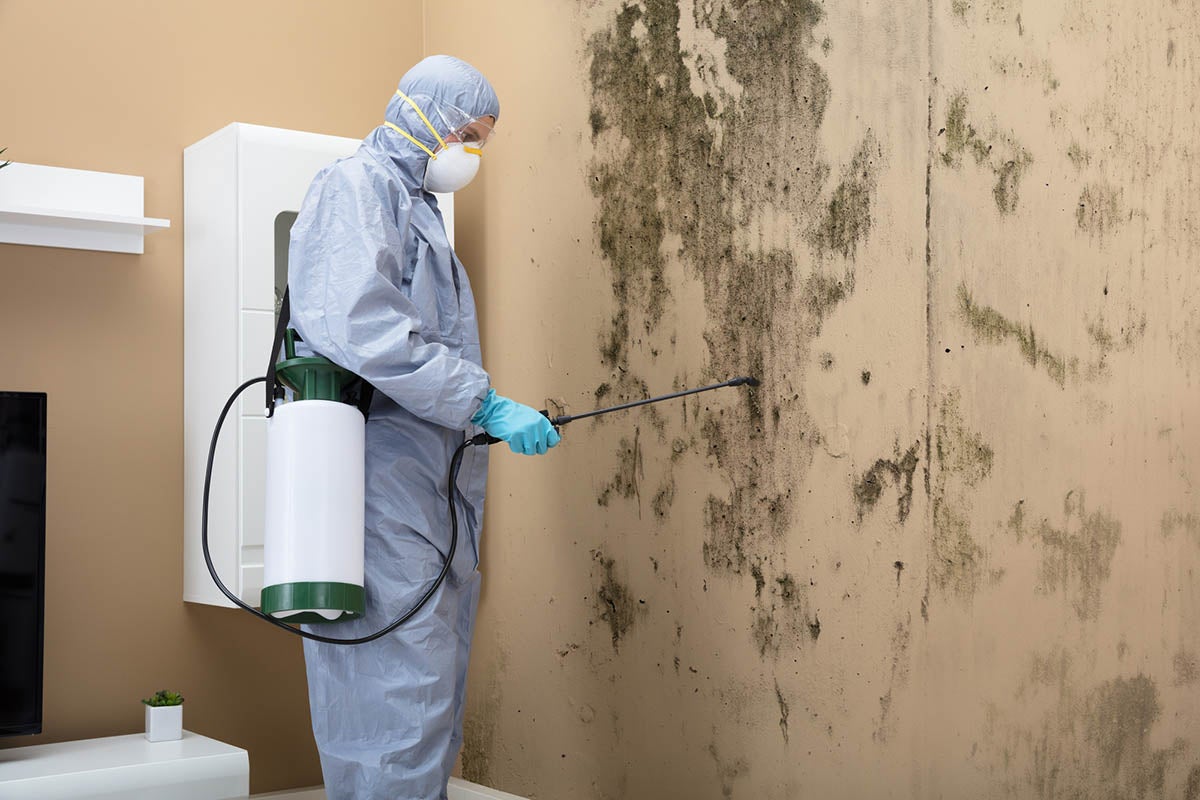Efficient Post Mold Remediation Cleaning Protocols
Efficient Post Mold Remediation Cleaning Protocols
Blog Article
Effective Blog Post Mold Removal Solutions for Your Home
Mold development in homes can be a consistent problem, frequently calling for a methodical approach for reliable post-remediation options. From understanding the variables that contribute to mold and mildew development to applying proper cleaning strategies and moisture control actions, the process can be intricate yet critical for preserving a healthy and balanced living environment. Post remediation mold testing near me.
Comprehending Mold Development Factors
The primary element adding to mold and mildew development is dampness. Mold and mildew spores call for dampness to sprout and grow, making damp or humid settings very susceptible to mold and mildew problems.

Additionally, air movement and light exposure can influence mold development. Locations that do not have proper air flow and all-natural light are much more vulnerable to mold development. By addressing these aspects comprehensively, individuals can properly reduce mold and mildew growth and protect their living environments.
Proper Mold Cleansing Strategies
Using reliable cleaning methods is essential in attending to and preventing the reoccurrence of mold and mildew contamination in interior settings. When taking care of mold and mildew, it is essential to prioritize security by putting on safety gear such as goggles, masks, and gloves. The very first step in proper mold and mildew cleaning is to include the affected area to stop the spread of spores to unpolluted locations. This can be accomplished by sealing the area and using air scrubbers or negative air devices to maintain air top quality.

Carrying Out Dampness Control Steps
To successfully protect against mold and mildew growth and contamination in indoor atmospheres, applying moisture control steps is extremely important. Wetness is the main factor that fuels mold and mildew development, making it crucial to manage moisture levels within the home. One efficient procedure is to make use of dehumidifiers to keep interior humidity degrees listed below 60%. In addition, ensuring proper ventilation in areas prone to moisture build-up, look at this now such as kitchen areas and shower rooms, can help in reducing the danger of mold growth. On a regular basis evaluating and fixing any kind of leakages in plumbing, roofs, or windows is also essential in preventing excess dampness buildup. Utilizing exhaust fans while cooking or bathing, and allowing air circulation by maintaining furnishings slightly far from wall surfaces can assist in dampness control. Making use of moisture-resistant materials in high-humidity areas, such as mold-resistant drywall and paints, can be helpful. By diligently implementing these wetness control steps, house owners can properly reduce the possibility of mold and mildew recontamination and keep a healthy indoor atmosphere.
Utilizing Natural Remediation Solutions
After effectively implementing wetness control procedures to avoid mold development in indoor settings, property owners can currently explore the efficiency of all-natural removal services in maintaining a healthy and balanced space. All-natural remediation remedies use ecologically friendly approaches to combat mold and mildew, making them a prominent option for those seeking non-toxic options. One such option is making use of vinegar, an all-natural antimicrobial representative, to tidy and disinfect surface areas infected by mold and mildew. Merely dilute vinegar with water and spray it onto the affected areas, allowing it to sit for a few additional info hours before wiping natural mold mildew removal clean. Furthermore, tea tree oil, understood for its antifungal residential properties, can be combined with water and sprayed onto mold-infested surfaces to inhibit further growth. Another all-natural alternative is hydrogen peroxide, which can effectively kill mold on different surface areas without leaving unsafe deposits behind. By including these all-natural removal solutions into their cleaning routines, homeowners can efficiently combat mold development while advertising a healthier indoor environment for themselves and their family members.

Maintaining a Mold-Free Setting
Consistently evaluating locations vulnerable to mold and mildew growth, such as restrooms, basements, kitchens, and attic rooms, is vital. Appropriate ventilation in locations with high moisture levels is also vital to protecting against mold growth.
Furthermore, keeping cleanliness in the home is important for mold avoidance. Maintaining interior plants in check and guaranteeing correct water drainage in outdoor landscaping can reduce wetness build-up, minimizing the possibility of mold and mildew problems.
Final Thought
Finally, it is vital to attend to mold development elements, make use of appropriate cleansing methods, carry out moisture control measures, use natural removal solutions, and keep a mold-free environment in order to successfully handle article mold and mildew remediation in your home - Post Mold remediation cleaning. By following these methods, you can avoid mold from recurring and make certain a healthy and balanced living atmosphere for you and your family
The primary variable contributing to mold growth is moisture. Mold spores call for dampness to germinate and grow, making wet or moist atmospheres very susceptible to mold problems.To efficiently stop mold and mildew development and contamination in interior environments, executing wetness control actions is extremely important. Furthermore, making certain proper ventilation in areas prone to moisture accumulation, such as shower rooms and cooking areas, can help reduce the risk of mold growth.After successfully implementing moisture control measures to avoid mold growth in indoor environments, property owners can now explore the effectiveness of natural remediation solutions in keeping a healthy and balanced living room.
Report this page